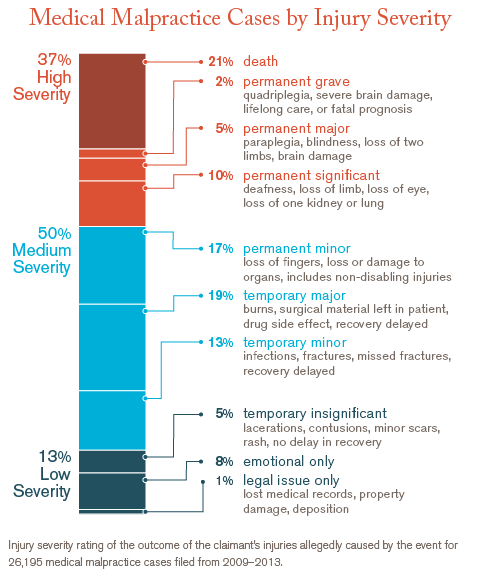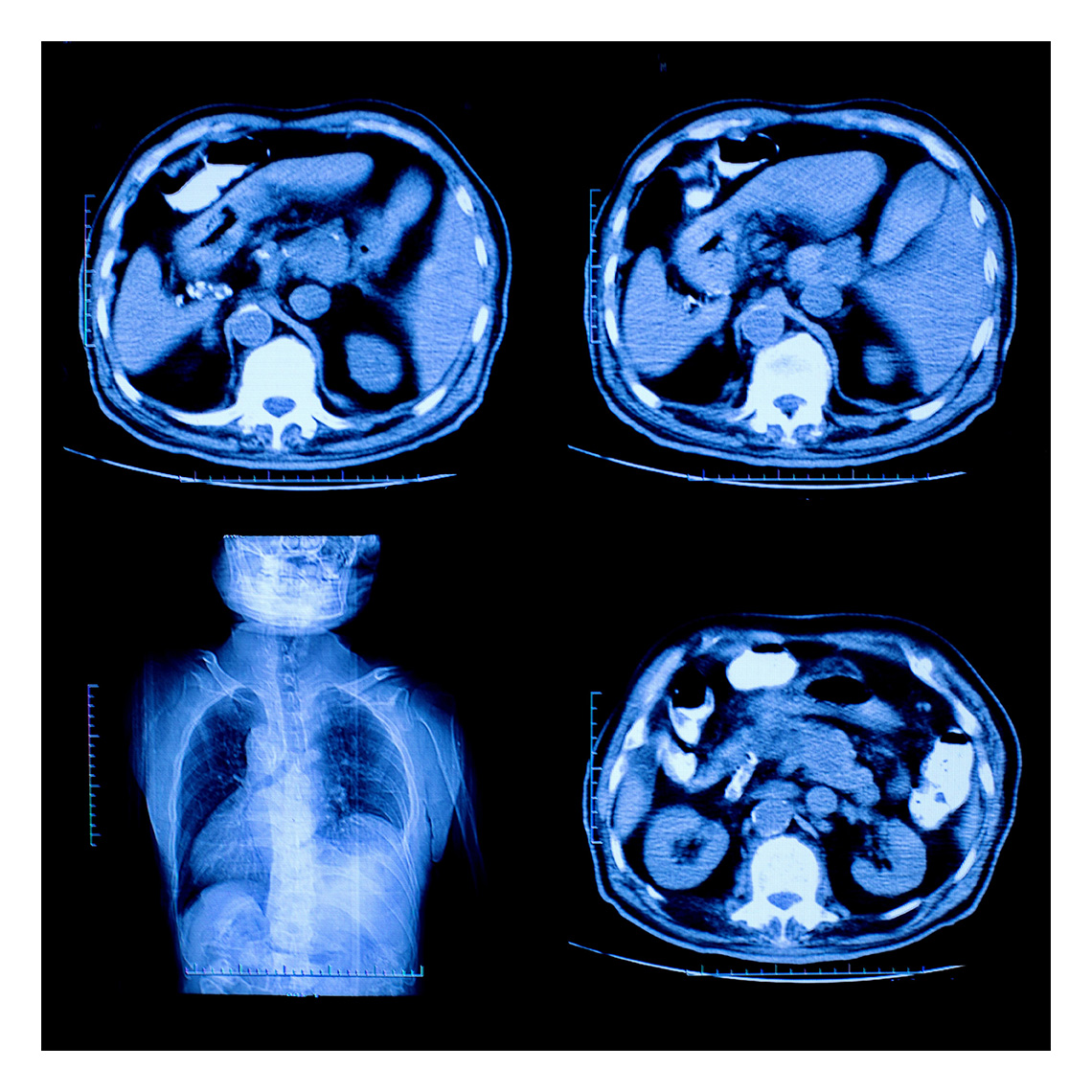Newsletter
Distribution of Injury Severity in MedMal Cases
Aug 28, 2015
The clinical outcomes that prompt the filing of a medical malpractice claim or suit range from minor injuries to death. Every malpractice case coded for inclusion in CRICO’s Comparative Benchmarking System (CBS) is assigned an injury severity, based on a scale originated by the National Association of Insurance Commissioners (NAIC). Generally, CRICO groups the nine individual codes into low, medium, and high injury-severity categories. Because they tend to represent the highest human and financial impact (74% of incurred losses), the majority of CRICO’s analyses—and subsequent patient safety initiatives—focus on reducing high-severity injuries.
The distribution of cases across the severity categories shifts for different specialties and services, but nearly two-thirds (63%) of all CBS cases opened from 2009-2013 were filed on behalf of patients with relatively minor, or temporary, injuries. Whether or not their allegations of substandard care find purchase in the insurance and legal arenas, the impact on patients and providers is not insignificant. For many thousands of patients, the emotional impact and loss of trust can linger much longer than the physical harm, and may inhibit future health care interactions. For their health care providers, regardless of the resolution of the claim or suit, the repercussions of an allegation of malpractice can be devastating, even when the patient is able to overcome or recover from any physical injury.
While the high-severity-injury cases will always command the most attention, clinicians and administrators seeking to impact the greatest volume of patient safety risks, may want to take a deeper dive into the cases triggered by injuries of low-to-medium severity.

Additional Material
Latest News from CRICO
Utilization of Electronic Health Record Sex and Gender Demographic Fields: A Metadata and Mixed Methods Analysis


Postpartum Malpractice Claims: Can We Understand Preventable Harms and Socioeconomic Factors?

